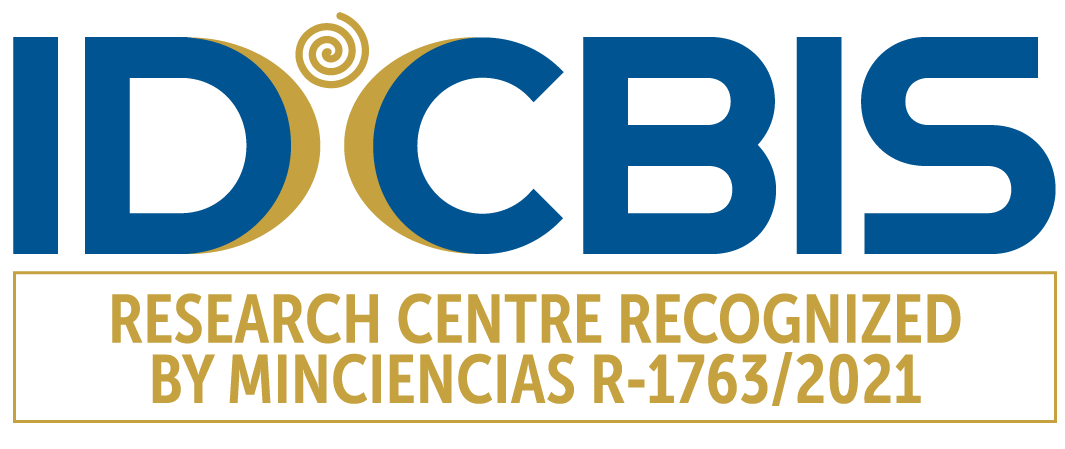The blood-forming cell donation program, DarCélulas, began last Monday.

The DarCélulas program was born thanks to the project: Establishment and organization of a National Registry of Hematopoietic Progenitor Cells Donors in Colombia, which is developed by the District Institute of Science, Biotechnology and Innovation in Health IDCBIS.
DarCélulas is implemented in order to organize a database to identify people willing to donate their blood-forming cells, which would be transplanted to help patients with severe hematological diseases such as leukemia.
Information and pre-registration are the first two steps that are communicated to those who are interested, this can be done through www.idcbis.org.co/darcelulas. The purpose of these steps is to ensure that people are aware of the process, including the commitments to be assumed, the context and the moments in which the project is to be developed, taking into account that it is still in a pilot phase.
The next step will be in March, when people will be able to approach the IDCBIS District Blood Bank to receive more information in person. Once the potential donor expresses certainty of being included, samples are taken to make their respective HLA typing (Human Leukocyte Antigen), which can be used to measure compatibility with a potential patient who in the future and in the implementation stage requires a transplant of blood-forming cells.
The program still needs to complete a few steps before the first donation can be made through the Registry.
How are donations made?
When a person suffers from a blood disease, he/she goes through several processes that the medical staff determines, so it is at the discretion of this staff to resort to a transplant of blood forming cells. When this process is decided, first a search for a compatible donor in the family is made.
About 70% of patients do not find the necessary compatibility in a person of their family, at this moment the National Registry of Hematopoietic Progenitor Cells Donors becomes necessary in order to search for a compatible donor. If the right person is found to make the donation, he/she will be contacted; at this point the process depends on the commitment of the potential donor, since if he/she refuses to make the donation or has not kept his/her contact information updated, it will be necessary to look for another donor, with less possibilities of finding him/her.
Once the compatible donor accepts, they go through a donation process very similar to blood donation by apheresis (in most cases) or hip bone puncture, in order to give their blood-forming cells to the respective applicant; the identities of both are kept secret for security. From experiences in other countries, it is known that donation can take time to be requested and it can take years before a person is contacted after registration.





